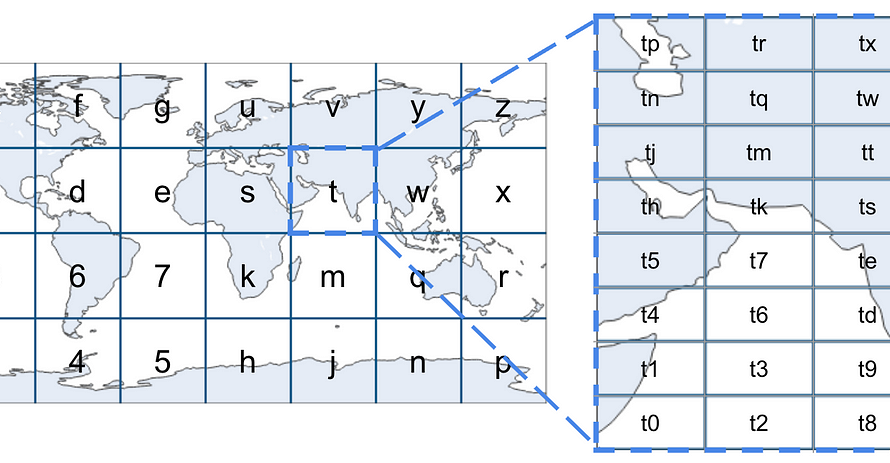[ad_1]
When you think of AI, you might think of ChatGPT, AI-generated art, or maybe something like the Terminator. But let’s take a step back and ask the basic question, “What is AI?”
AI is short for artificial intelligence — which may not tell us much because one of these words is problematic.
The first word, artificial, is not the issue. It simply means something made by humans.
However, the second word, intelligence, is not well defined (even among AI researchers [1]). Nevertheless, a definition I like to use, and one that is most relevant in a business context, is intelligence = the ability to solve problems and make decisions.
Therefore, with this operational definition of intelligence, AI is simply a computer’s ability to solve problems and make decisions.
To get a better idea of what we mean by intelligence, let’s see it in action.
Suppose you are trying to decide whether to spend your Saturday by the pool or inside watching that new Netflix series. If you look out the window and see the scene in the image below, you may decide to stay in. That’s because the dark, cloudy sky is a good indicator that the weather won’t be great today.
As another example, consider the plot below, where sales data bounces up and down but then peaks in November. If asked, “What caused the peak?” we might reasonably say that it’s because of Black Friday, one of the biggest retail days of the entire year.
For a final example, let’s look at the text conversation below. If we are in the position of the blue texter, do we really believe the other person is fine? Based on their word choice, probably not.
This might lead us to try to resolve the tension by saying “I may have misunderstood the situation, can you help me understand better?” Or “I care about how you feel and want to make sure we both agree with the final decision.”
Each of the above scenarios had us use our intelligence in some way to solve a problem or make a decision. While each was very different from the others, there was one thing they all had in common — they required knowledge of how the world works.
In other words, we needed to know things like dark clouds precede bad weather, people shop a lot in November, and people don’t always admit it when upset. We know these things via our models of the world.
Since the world is big and complicated, we have to make sense of it through models. A model is a simplification of a real-world thing that can fit in our heads.
One critical feature of models is that they allow us to make predictions. For example, when we saw the dark clouds, that information was processed by our mental model of how weather works and allowed us to predict that it will rain later.
Of course, models aren’t limited to the ones we hold up in our heads. We can also program models into computers (in fact, essentially all weather forecasts are generated using computer models).
2 Types of models
A natural question about models (mental or computer) is, where do they come from? For this, I like to split models into two categories: Principle-driven and Data-driven.
Principle-driven models are based on a set of rules. You might read these things in a textbook or learn from your grandma. For example, “If dark clouds, then rain later.”
Data-driven models, on the other hand, are based on past observations. This works by comparing how similar a new piece of information is to what you’ve seen in the past, e.g. “The last time the sky looked like this, it rained.”
Again, these models are not restricted to living in our heads. We can also program them into computers.
For Principle-driven models, we tell the computer exactly how to take inputs (e.g. dark clouds) and turn them into outputs (e.g. rain). However, for situations where we lack a set of rules, we can turn to techniques for generating Data-driven models — enter machine learning.
While machine learning might have a mystique around it these days, it is a simple idea. Machine learning (ML) is a computer’s ability to learn by example [3].
The way it works is instead of explicitly telling a computer how to map inputs to outputs. The computer can learn this relationship by seeing many examples.
This is a powerful technique because it allows us to develop models even if we lack a theoretical understanding of the underlying thing, which is helpful in many contexts, such as sales, marketing, finance, weather, consumer behavior, and beyond.
Machine learning can be broken down into 2 steps. In the first step, we pass input-output pairs (i.e., predictors and targets) into an ML algorithm to obtain an ML model. Then, with a model in hand, we can pass new data into it to generate a prediction. This is illustrated in the image below.
[ad_2]
Source link



